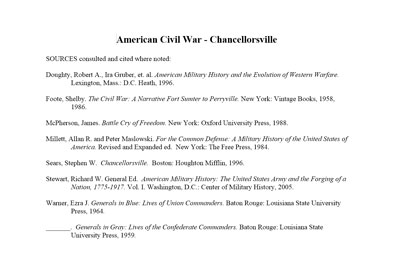Fact Sheet - Rufous Bettong - Rootourism.
Disclaimer: The Animal Diversity Web is an educational resource written largely by and for college students.ADW doesn't cover all species in the world, nor does it include all the latest scientific information about organisms we describe. Though we edit our accounts for accuracy, we cannot guarantee all information in those accounts.The Burrowing Bettong ate variety of food such as seeds, fruits, flowers, tubers, roots, succulent leaves, grasses, fungi, termites and marine refuse. The populations fluctuated, building up during the years with average or good rainfall and crashing during drought years. These marsupials were known to live at least three years in the wild.The Burrowing Bettong (Bettongia lesueur)In 1817 the French ship Uranie anchored off Dirk Hartog Island in Shark Bay as part of its exploration of the west coast of Australia. Its crew collected a specimen of a small kangaroo unknown to science. It was subsequently described and named after Charles Le Sueur, the artist and naturalist on a previous French expedition to the islands in 1802.
The most dramatic of the declines is the Boodie (Burrowing Bettong) which was widespread across the rangelands of Australia and ended up marooned on a few offshore islands in Western Australia. Reintroductions are in progress and this species is on the first hops to making a comeback on the mainland. Like.Wildlife Research provides an international forum for the publication of original and significant research and debate on the ecology and management of wild animals in natural and modified habitats. Readers can expect a broad range of high quality, internationally refereed papers that contribute conceptual and practical advances to our knowledge and understanding of wildlife ecology and management.

Rufous Bettong. Aepyprymnus rufescens ('Reddish high rump') Best place to see. Wallaby Creek, New South Wales. The Rufous Bettong has the broadest range of all the rat-kangaroos and can potentially be seen in a number of National Parks in northern NSW and Queensland. The chosen destination is private property and celebrates the outstanding body.












